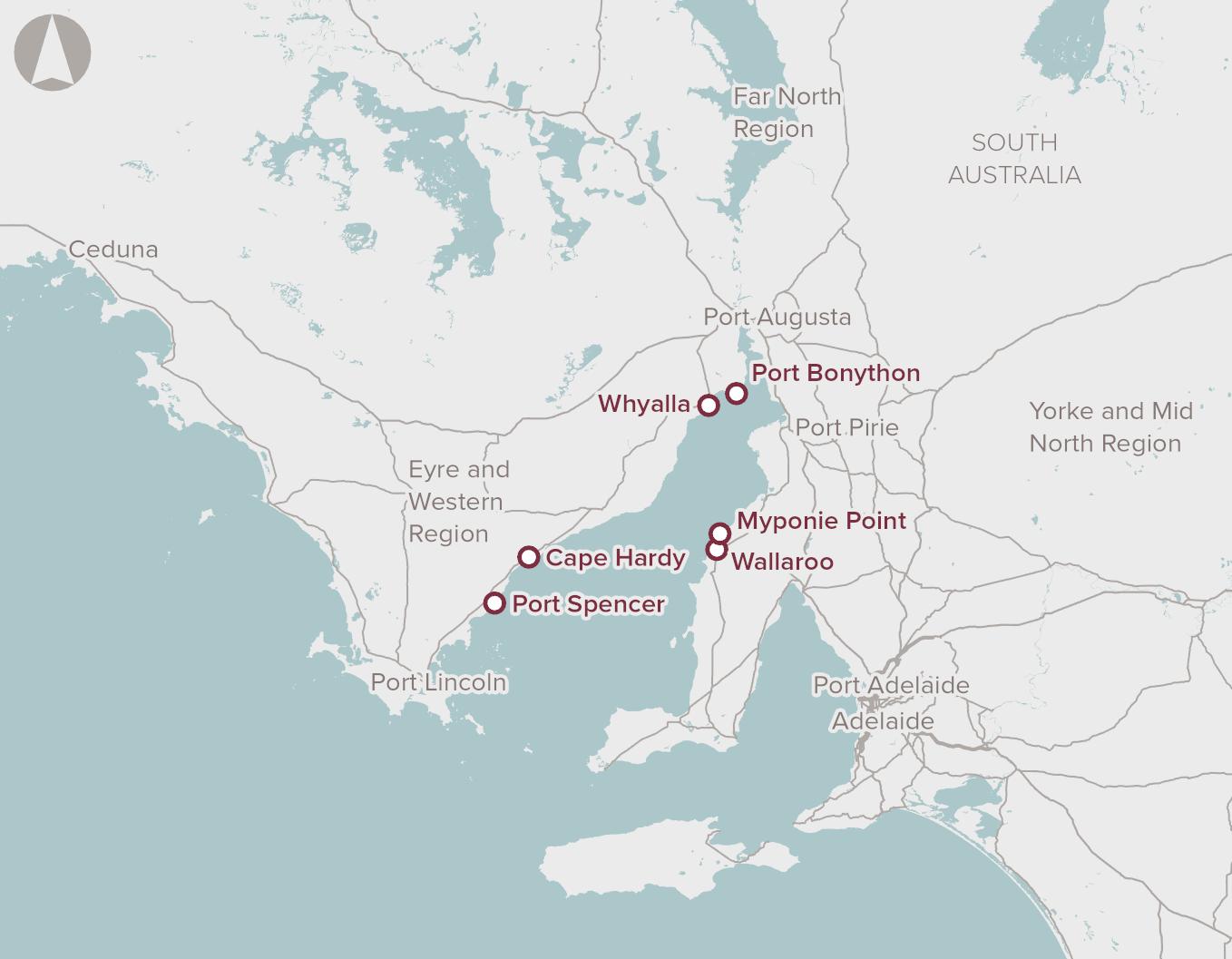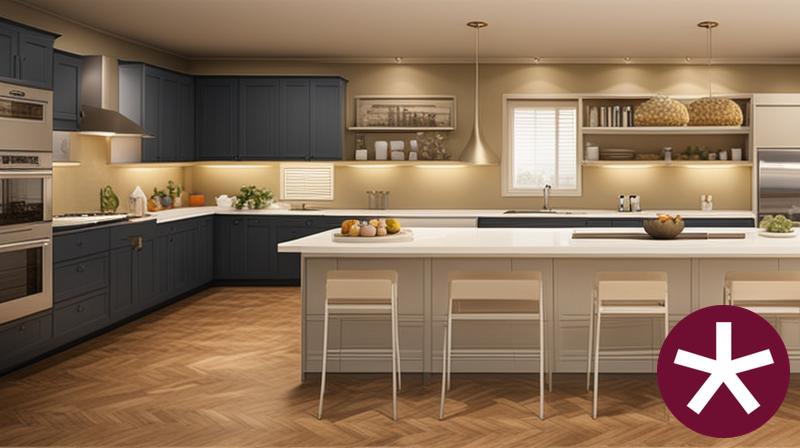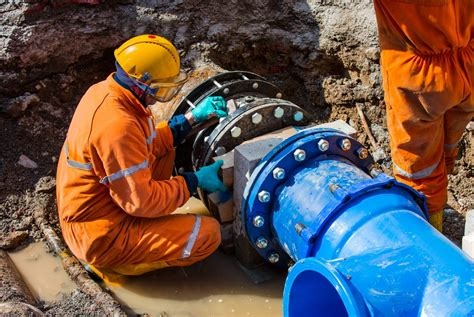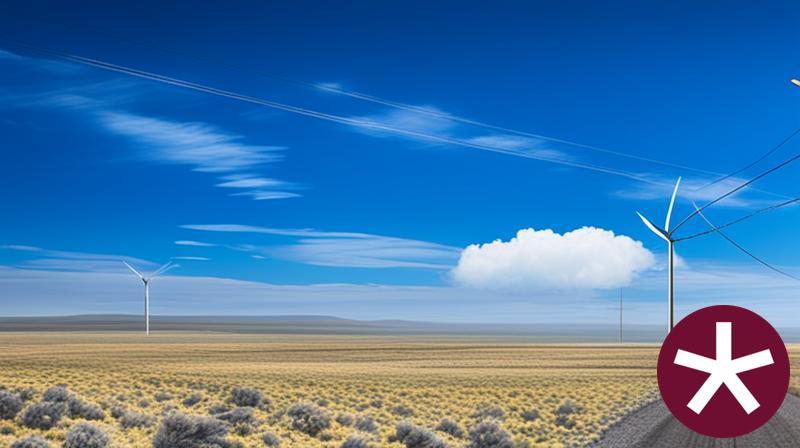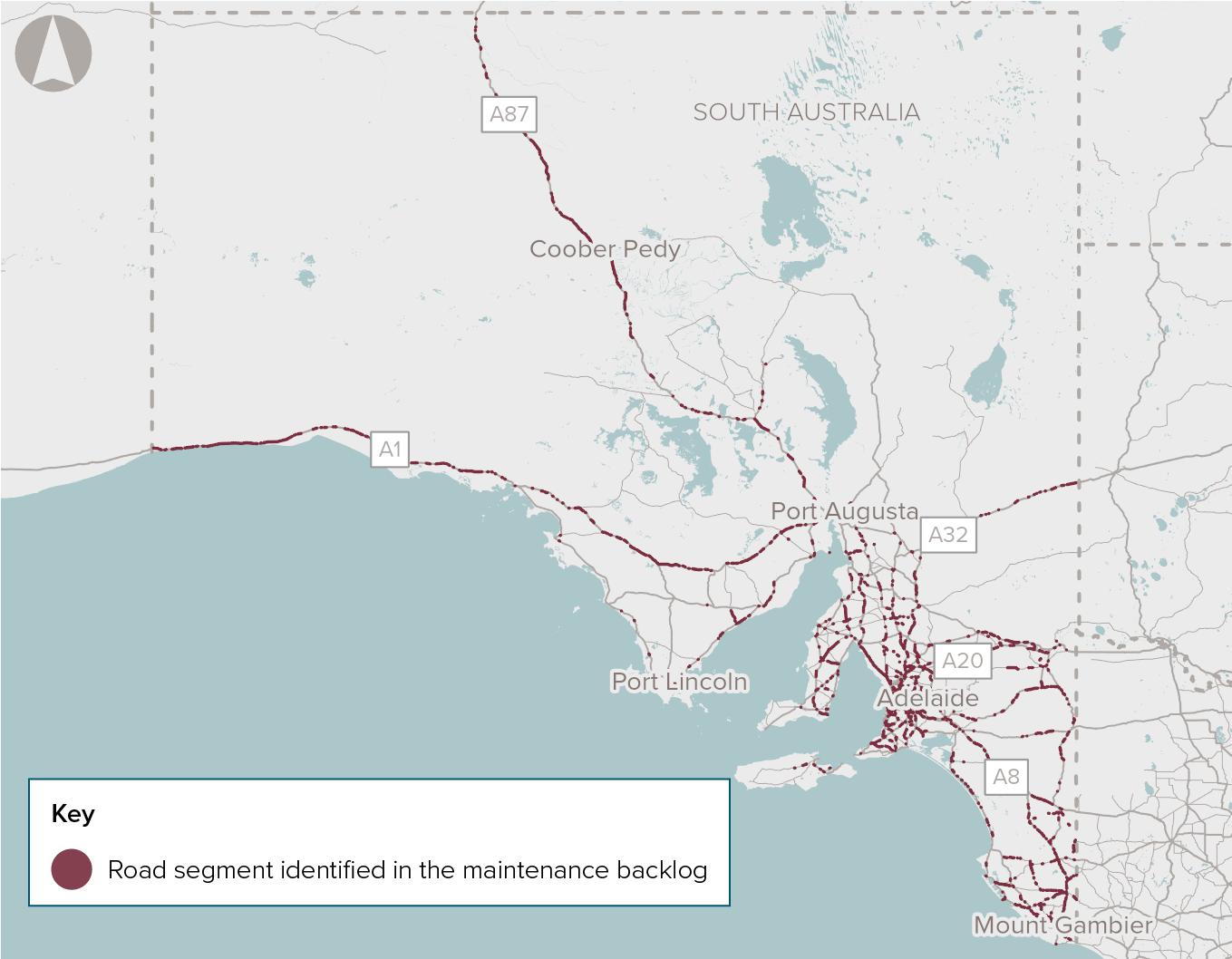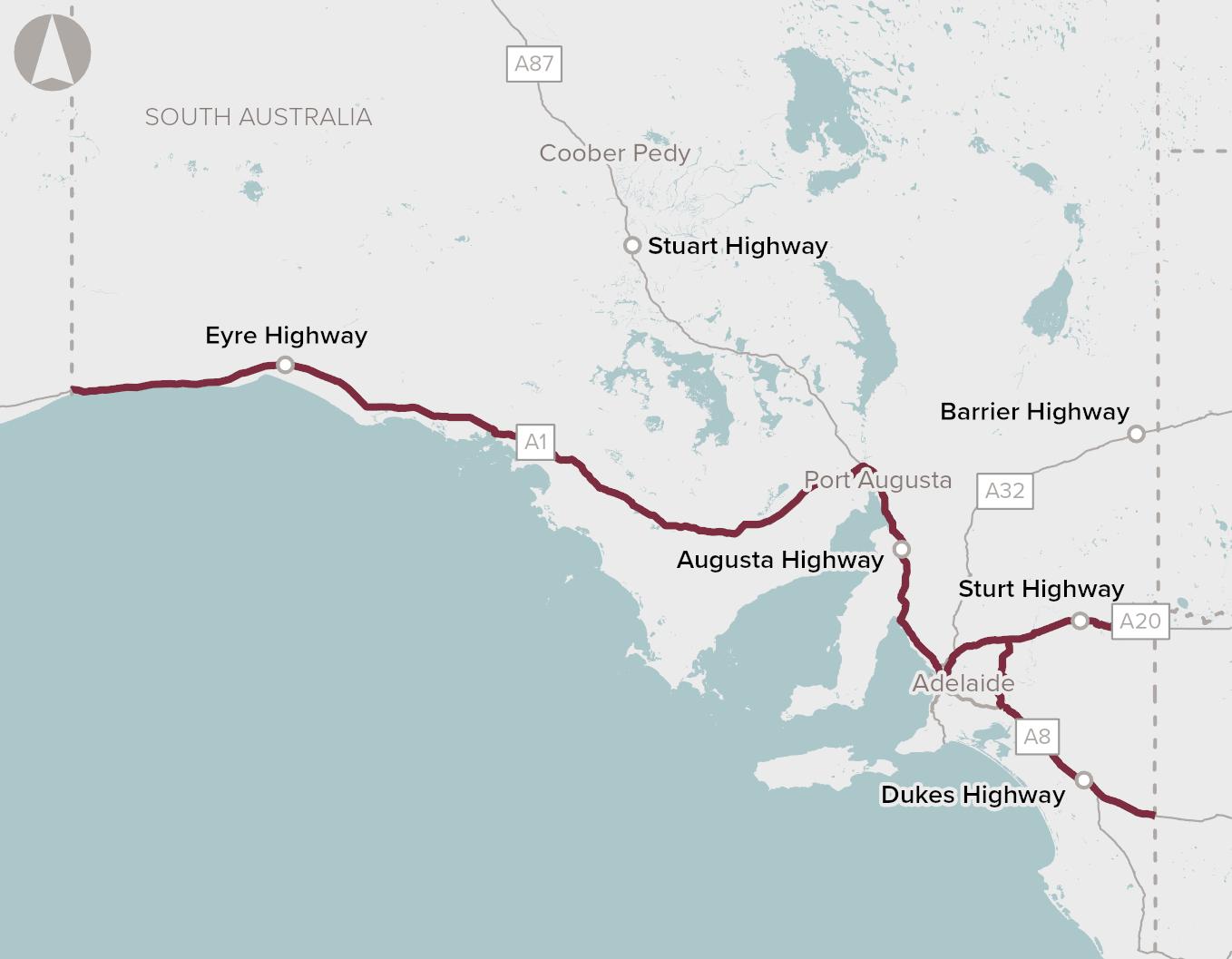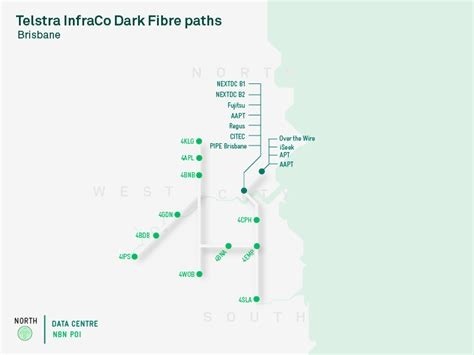Chart Color Schemes
est. as @ -- *
ABS ERP | -- people | --
2021 Census | -- people
Sales Activity
Curious about local property values? Filter the chart to assess the volume and appreciation (including resales) trends and regional comparisons, or scroll to the map below view this information at an individual property level.
Find a Recent Sale
Sales Detail
Population
Population growth drivers in Moonta are strong compared to national averages based on AreaSearch's ranking of recent, and medium to long-term trends
Moonta's population was 5,751 as of August 2025, according to AreaSearch's analysis. This showed an increase of 534 people since the 2021 Census, which reported a population of 5,217. The change was inferred from ABS estimated resident population of 5,709 in June 2024 and additional validated new addresses since the Census date. This resulted in a population density ratio of 21 persons per square kilometer. Moonta's growth of 10.2% since the 2021 census exceeded the SA4 region's 5.8%, indicating it was a growth leader. Interstate migration contributed approximately 90.9% of overall population gains during recent periods.
AreaSearch adopted ABS/Geoscience Australia projections for each SA2 area, released in 2024 with a base year of 2022. For areas not covered and years post-2032, the SA State Government's Regional/LGA projections by age category were used, released in 2023 based on 2021 data, with adjustments made employing weighted aggregation of population growth from LGA to SA2 levels. Based on demographic trends, a population increase just below Australia's non-metropolitan median is expected for Moonta, growing by 460 persons to 2041 and recording a gain of 7.3% over the 17 years.
Frequently Asked Questions - Population
Development
AreaSearch assessment of residential development activity positions Moonta among the top 25% of areas assessed nationwide
Moonta has averaged approximately 62 new dwelling approvals annually. Development approval data, sourced from the Australian Bureau of Statistics (ABS), totals 311 approvals over the past five financial years, spanning FY-20 to FY-25, with an additional nine approvals recorded in FY-26 thus far. On average, each new dwelling constructed has accommodated approximately 1.2 new residents annually over these five financial years. This balance between supply and demand has contributed to stable market conditions in the area.
The average construction cost value of new homes is $380,000. In FY-26, there have been $4.4 million worth of commercial approvals, reflecting Moonta's predominantly residential character. Compared to the Rest of SA, Moonta exhibits 59.0% more construction activity per person, offering greater choice for buyers and indicating robust developer interest in the area. New building activity comprises 96.0% detached dwellings and 4.0% medium and high-density housing, preserving the area's traditional low density character and appealing to those seeking family homes with space. With approximately 70 people per dwelling approval, Moonta's market is expanding.
Future projections anticipate an addition of 418 residents by 2041. Given current construction levels, housing supply should meet demand adequately, creating favourable conditions for buyers while potentially facilitating growth that exceeds current forecasts.
Frequently Asked Questions - Development
Infrastructure
Moonta has strong levels of nearby infrastructure activity, ranking in the top 40% nationally
"Infrastructure changes significantly influence a region's performance. AreaSearch has identified six projects that may impact the area. Notable ones are The Dunes Port Hughes, Riverbend Port Hughes, Kadina Wastewater Lagoons Relining, and Lawrence Street Footpath & STEDs Program. The following list details those likely most relevant.".
Professional plan users can use the search below to filter and access additional projects.
INFRASTRUCTURE SEARCH
Frequently Asked Questions - Infrastructure
Northern Water
Northern Water is an extensive water infrastructure and supply project aimed at securing an alternate, sustainable, climate-independent water source for eastern Eyre Peninsula, Upper Spencer Gulf, and the Far North of South Australia. The project supports current and future growth in the region and reduces reliance on River Murray, Great Artesian Basin, and local groundwater resources, servicing users such as mining operations, industry (including hydrogen), Department of Defence, remote communities, pastoralists, and SA Water. Key features include a 130-260 ML/day seawater reverse osmosis desalination plant, water intake and outlet pipes, a ~600km main trunk pipeline, lateral connections, six pump stations, six water storage areas, electricity transmission infrastructure, communications towers, and ancillary services.
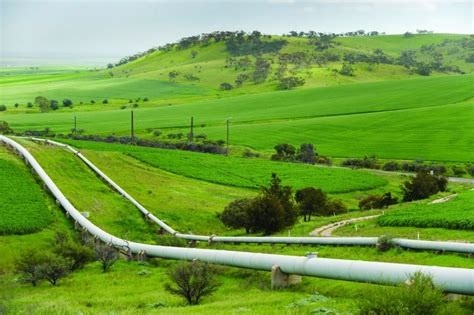
Bulk Water Supply Security
Nationwide program led by the National Water Grid Authority to improve bulk water security and reliability for non-potable and productive uses. Activities include strategic planning, science and business cases, and funding of state and territory projects such as storages, pipelines, dam upgrades, recycled water and efficiency upgrades to build drought resilience and support regional communities, industry and the environment.
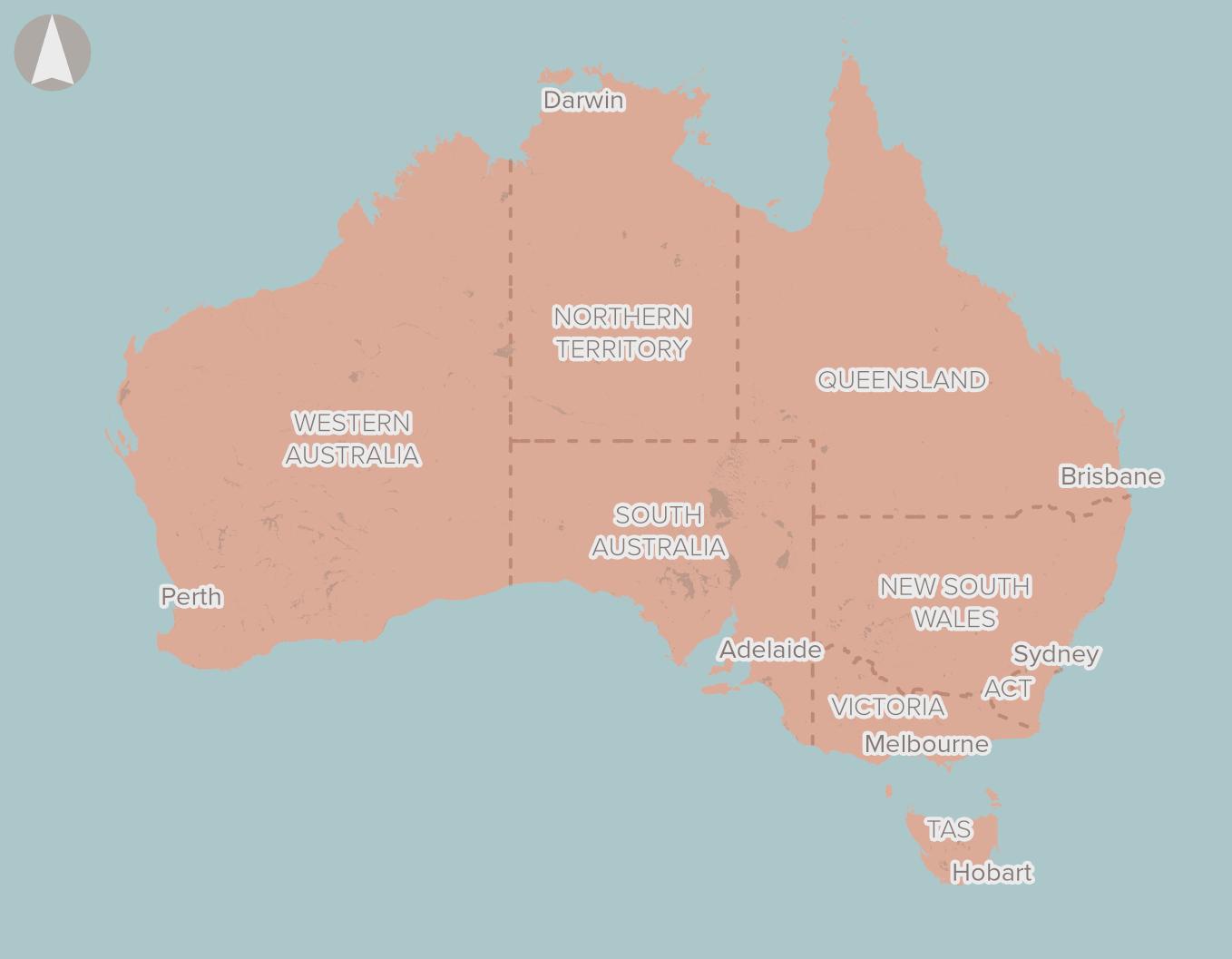
Kadina Wastewater Lagoons Relining
Council project to reline two wastewater treatment lagoons (Lagoons 2 and 3) at Kadina to meet EPA compliance requirements. Works included dewatering, shaping and compacting, adding a sand layer, installing HDPE plastic liners, and pressure testing. As of mid-June 2025 both lagoons are lined and pressure tested, with as-constructed levels and engineering approval pending.
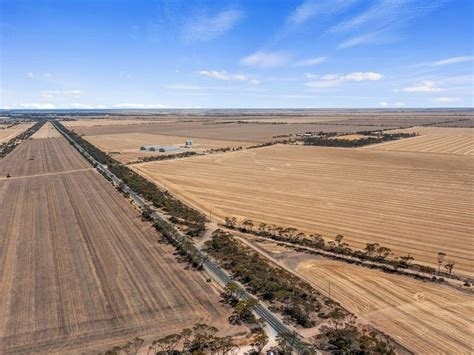
Riverbend Port Hughes
Master planned over 170.6ha to deliver about 460 over-50s lifestyle homes with an aged care precinct, community hub and local retail/amenities. Staged rollout foreshadowed over ~15 years; site sales/enquiry live while early works and detailed planning progress.
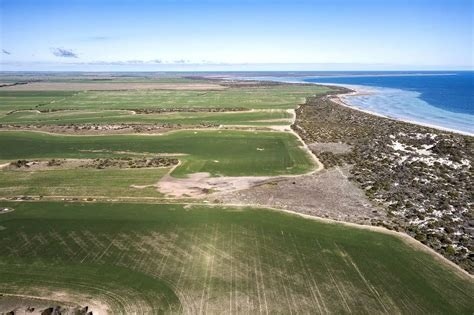
The Dunes Port Hughes
An 80-hectare coastal land development nestled between the turquoise waters of Port Hughes and a Greg Norman designed golf course. The development features a variety of lots, including those with golf course frontage and sea views.
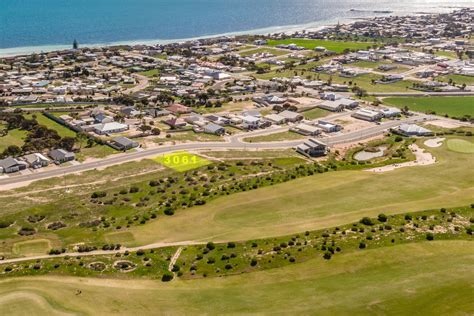
Lawrence Street Footpath & STEDs Program
Ongoing program to install new footpaths and a new sewer line along Lawrence Street, connecting to the Newtown Playground toilet upgrade. The project also includes a new sewer line to collect sewer from 19 allotments along Lawrence Street and 6 on Drain Road.
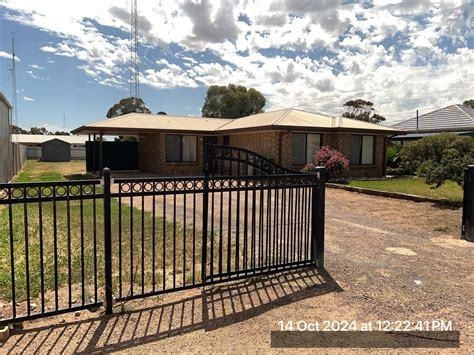
Kadina Central Expansion
A major master-planned community expansion including over 115 new homes, a 14-home retirement village, a 1000sqm medical centre, a 112-place childcare centre, a gated community with specialised homes for people with disabilities, and a 'smart' park with features like public Wi-Fi and wireless charging.
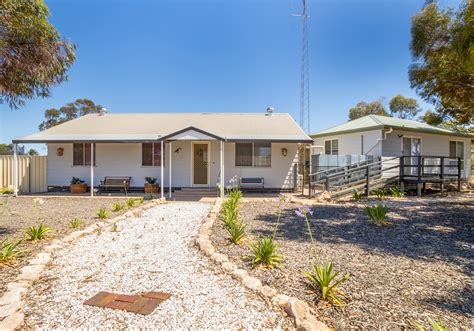
Walter Road Swale Drain
Creation of a new swale drain to capture stormwater runoff from the road and improve the intersection of Walter and Downer Road. The project involved the installation of rocks and delineator posts.

Employment
Employment conditions in Moonta face significant challenges, ranking among the bottom 10% of areas assessed nationally
Moonta has a balanced workforce spanning white and blue collar jobs, with essential services well represented. Its unemployment rate is 7.0%.
As of June 2025, there are 1,926 employed residents, with an unemployment rate at 2.4% above Rest of SA's rate of 4.6%. Workforce participation stands at 39.1%, significantly lower than Rest of SA's 54.1%. Leading employment industries include health care & social assistance, construction, and retail trade. Health care & social assistance is notably concentrated, with employment levels at 1.3 times the regional average.
Conversely, agriculture, forestry & fishing shows lower representation at 6.7% compared to the regional average of 14.5%. Limited local job opportunities are indicated by Census working population vs resident population counts. Between June 2024 and June 2025, labour force increased by 0.2%, while employment declined by 2.1%, leading to a rise in unemployment rate by 2.2 percentage points. By comparison, Rest of SA saw an employment decline of 1.2%, labour force growth of 0.1%, and unemployment rising by 1.2 percentage points. Jobs and Skills Australia's national employment forecasts from May 2025 project national employment expansion by 6.6% over five years and 13.7% over ten years, with varying growth rates between industry sectors. Applying these projections to Moonta's employment mix suggests local growth of approximately 6.3% over five years and 13.3% over ten years.
Frequently Asked Questions - Employment
Income
Income metrics place the area in the bottom 10% of locations nationally according to AreaSearch analysis
AreaSearch's latest postcode level ATO data for financial year 2022 shows Moonta's median income among taxpayers was $42,096, with an average of $55,347. These figures are below the national average. In comparison, Rest of SA had a median income of $46,889 and an average of $56,582. Based on Wage Price Index growth of 10.83% since financial year 2022, current estimates for Moonta's median income are approximately $46,655 and the average is around $61,341 as of March 2025. The 2021 Census reported that household, family and personal incomes in Moonta all fall between the 2nd and 6th percentiles nationally. Income analysis reveals that 33.0% of Moonta's community (1,897 individuals) earns between $400 and $799 per week, differing from broader areas where the $1,500 to $2,999 category is predominant at 27.5%. The concentration of 41.5% in sub-$800 weekly brackets indicates economic challenges for a significant portion of the community. While housing costs are modest, with 87.3% of income retained, total disposable income ranks at just the 5th percentile nationally.
Frequently Asked Questions - Income
Housing
Moonta is characterized by a predominantly suburban housing profile, with above-average rates of outright home ownership
The dwelling structure in Moonta, as per the latest Census, consisted of 91.7% houses and 8.3% other dwellings such as semi-detached homes, apartments, and 'other' dwellings. This is compared to Non-Metro SA's 93.3% houses and 6.7% other dwellings. Home ownership in Moonta stood at 53.7%, similar to Non-Metro SA, with the rest of the dwellings either mortgaged (26.5%) or rented (19.8%). The median monthly mortgage repayment in Moonta was $1,200, higher than Non-Metro SA's average of $1,083. The median weekly rent figure in Moonta was recorded at $250, compared to Non-Metro SA's $230. Nationally, Moonta's mortgage repayments were significantly lower than the Australian average of $1,863, while rents were substantially below the national figure of $375.
Frequently Asked Questions - Housing
Household Composition
Moonta features high concentrations of lone person households, with a fairly typical median household size
Family households account for 66.3% of all households, including 15.5% that are couples with children, 42.2% that are couples without children, and 7.5% that are single parent families. Non-family households constitute the remaining 33.7%, with lone person households at 31.5% and group households comprising 2.4%. The median household size is 2.1 people, matching the average for the Rest of South Africa.
Frequently Asked Questions - Households
Local Schools & Education
Moonta faces educational challenges, with performance metrics placing it in the bottom quartile of areas assessed nationally
The area's university qualification rate is 11.0%, significantly lower than the Australian average of 30.4%. Bachelor degrees are most prevalent at 8.1%, followed by postgraduate qualifications (1.5%) and graduate diplomas (1.4%). Vocational credentials are widely held, with 40.1% of residents aged 15+ possessing them, including advanced diplomas (10.0%) and certificates (30.1%). A substantial 20.5% of the population is actively engaged in formal education, comprising 8.8% in primary, 6.1% in secondary, and 1.4% in tertiary education.
Moonta Area School serves the local community with an enrollment of 266 students. Educational conditions vary across Moonta, with all one school offering integrated K-12 education for academic continuity. Local school capacity is limited at 4.6 places per 100 residents compared to the regional average of 12.3, leading many families to travel for schooling.
Frequently Asked Questions - Education
Schools Detail
Nearby Services & Amenities
Transport
No public transport data available for this catchment area.
Frequently Asked Questions - Transport
Transport Stops Detail
Health
Health performance in Moonta is a key challenge with a range of health conditions having marked impacts on both younger and older age cohorts
Moonta faces significant health challenges with various conditions affecting both younger and older residents. Approximately 48% (~2,737 people) have private health cover, lower than the national average of 55.3%.
The most prevalent medical conditions are arthritis (14.6%) and asthma (8.6%). In comparison, 54.2% of Moonta residents report no medical ailments, slightly less than the Rest of SA's 56.0%. The area has a higher proportion of seniors aged 65 and over at 42.3% (2,434 people), compared to the Rest of SA's 36.2%. Despite this, health outcomes among seniors in Moonta are commendable, performing better than the general population in health metrics.
Frequently Asked Questions - Health
Cultural Diversity
Moonta is considerably less culturally diverse than average when assessed alongside AreaSearch's national rankings for language and cultural background related metrics
Moonta's cultural diversity was below average, with 89.0% being citizens, 86.4% born in Australia, and 97.1% speaking English only at home. Christianity was the dominant religion, comprising 48.0% of Moonta's population compared to 48.3% across Rest of SA. The top ancestry groups were English (36.8%), Australian (31.1%), and Scottish (7.3%).
Notably, German (7.0%) and Dutch (1.3%) were slightly overrepresented in Moonta compared to regional averages, while Australian Aboriginal was slightly underrepresented at 2.4%.
Frequently Asked Questions - Diversity
Age
Moonta ranks among the oldest 10% of areas nationwide
Moonta's median age is 59 years, which exceeds both the Rest of SA average of 47 and the national average of 38. The 65-74 cohort is notably over-represented in Moonta at 23.5%, compared to the Rest of SA average of 15%. This is also substantially higher than the national figure of 9.4%. Meanwhile, the 15-24 age group is under-represented at 5.8% locally, compared to the Rest of SA average of 17%. According to data from the 2021 Census, the 75-84 age group has grown from 12.7% to 14.4% of Moonta's population. Conversely, the 45-54 cohort has declined from 10.8% to 9.2%. Demographic modeling suggests significant changes in Moonta's age profile by 2041. The 85+ group is projected to grow by 113%, reaching 550 people from the current figure of 258. This growth will be led by residents aged 65 and older, who are expected to represent 95% of the total population increase. However, population declines are anticipated for certain age groups. The 35-44 cohort is projected to decrease, as well as the 0-4 age group.
